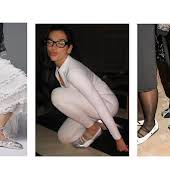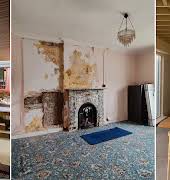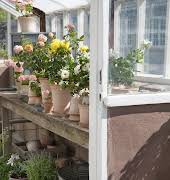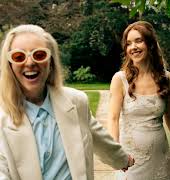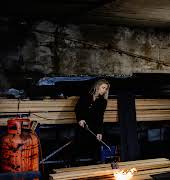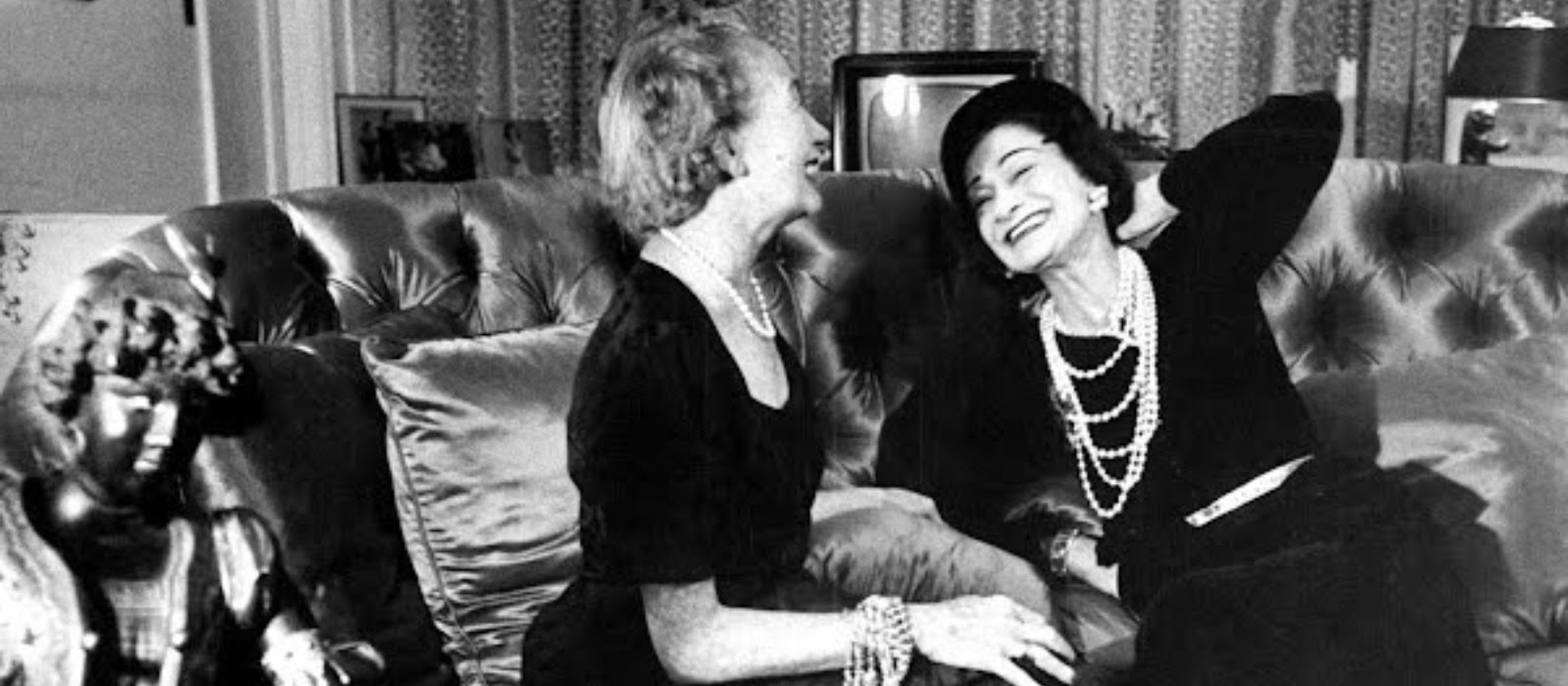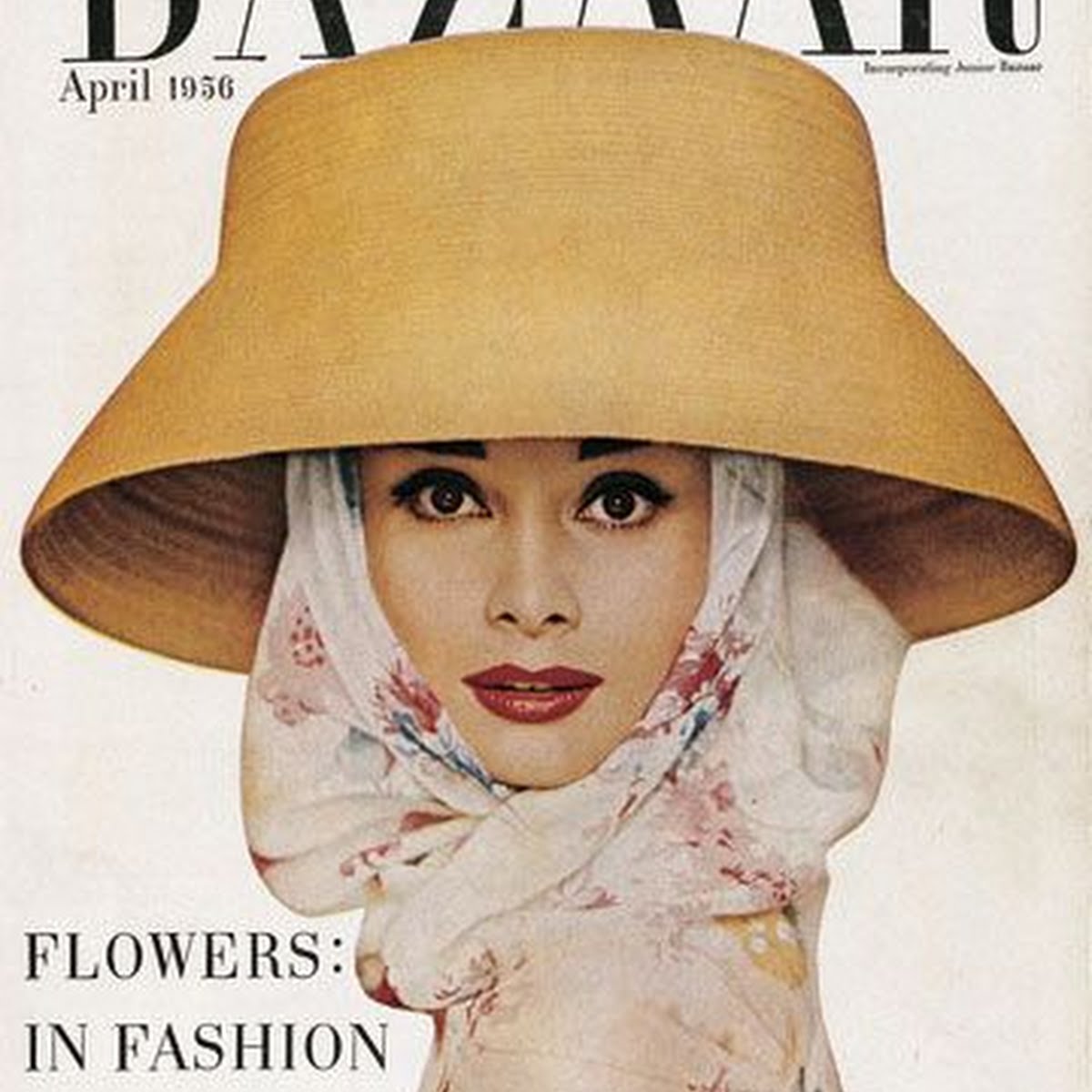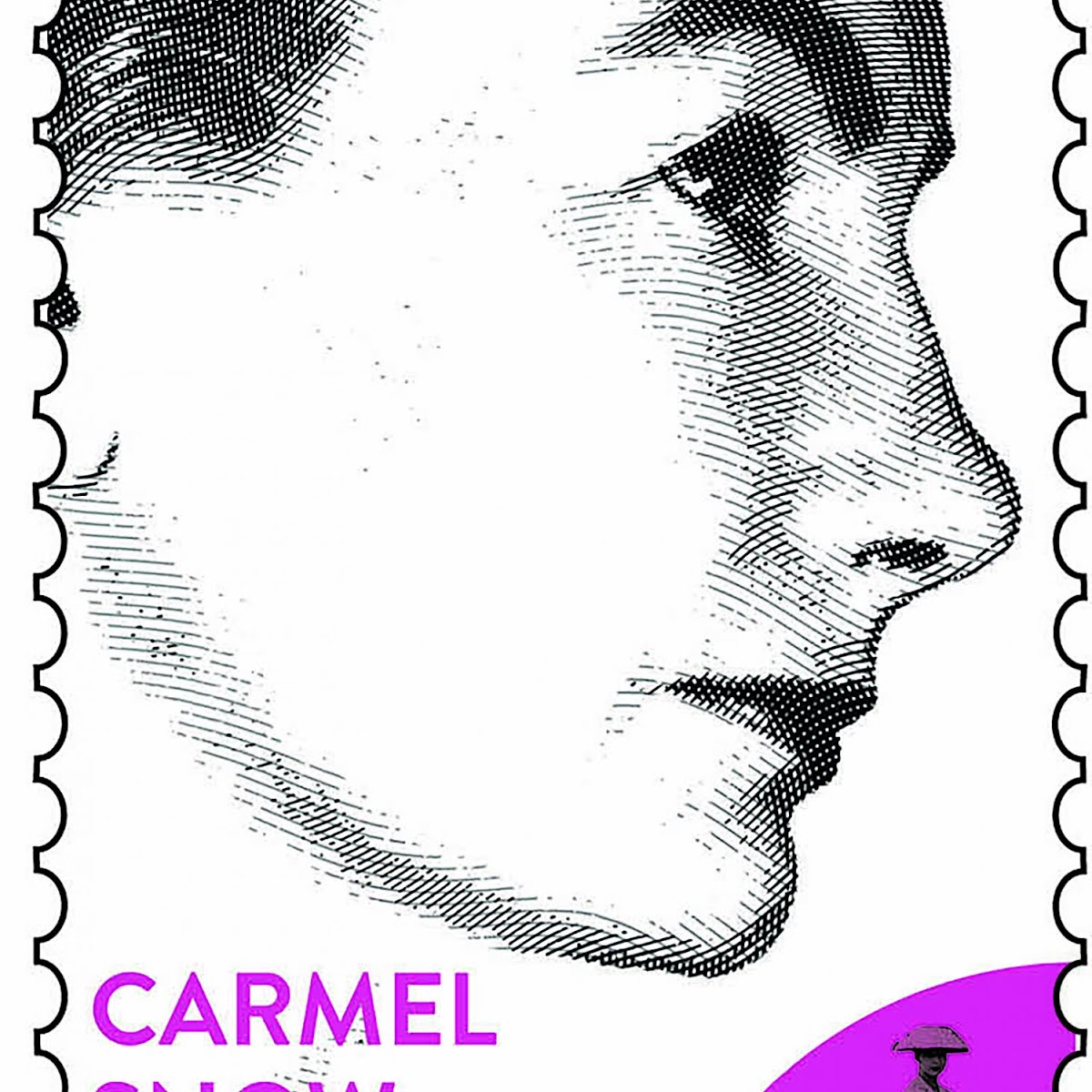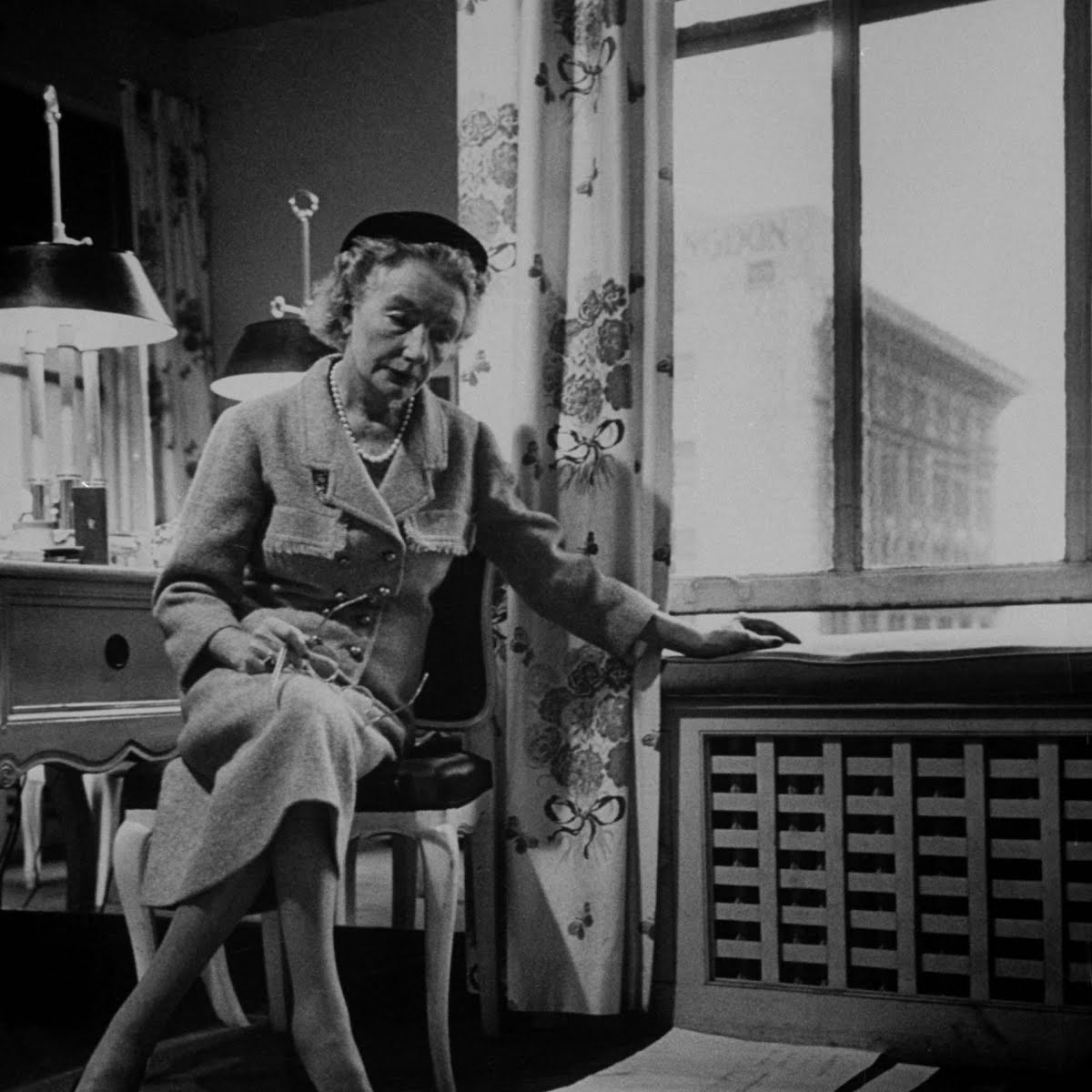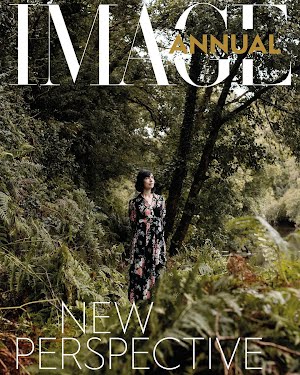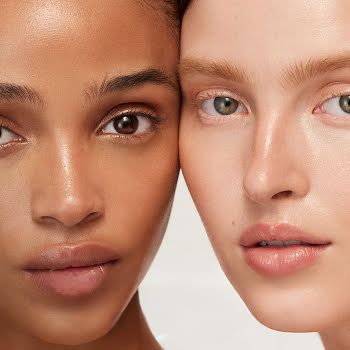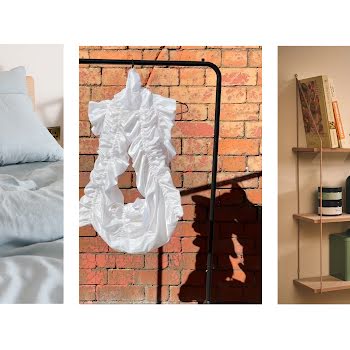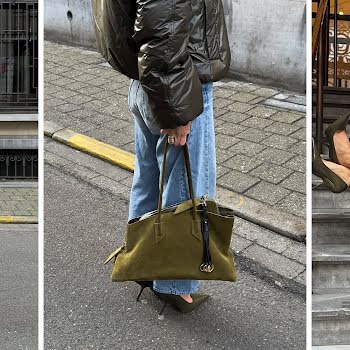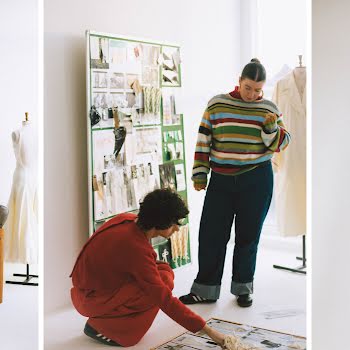
Read time: 6 minutes
Rose Mary Roche looks back on the extraordinary life and career of Irishwoman and magazine editor Carmel Snow.
Would you believe that the most influential and powerful arbiter of American fashion from the early 1930s to the late 1950s was a diminutive Irishwoman born in Dalkey?
Carmel Snow was the Anna Wintour of her day, and although now largely forgotten, she was the most influential magazine editor of her era, helming Harper’s Bazaar from 1934 to 1958 – its golden era. A natural leader (her staff nicknamed her “Bossy”), she championed the idea of intelligent fashion, was an ambassador for excellence and a creative sponge who drew inspiration from artists, designers, actors and socialites. Her editorial mix was audacious, years ahead of its time, and fizzed with Carmel’s singular energy and innovation.
Under her direction, Harper’s fused fashion, literature, culture, art, design and photography seamlessly and stylishly and was the most admired title in modern publishing. Snow was a relentlessly innovative editor with an amazing eye: she wanted the magazine to be much more than just a fashion title. She once famously said that she wanted to produce a magazine for “well-dressed women with well-dressed minds”.
This slight but always impeccably dressed woman was a revolutionary in a pill-box hat and pearls: a feminist before feminism was a philosophy and a careerwoman before the concept existed. Louise Dahl-Wolfe the photographer simply called her “the greatest magazine editor ever” while Richard Avedon, her protégé admitted, “Carmel Snow taught me everything I know.”
During her career, with the help of art director Alexey Brodovitch, she forged a new visual identity for Harper’s, one with striking illustrations, modern design and typography, and more than a dash of wit. Quick, accurate and imaginative decisions were her forte, and she made them confidently.
She received the Legion of Honour from France for her support of the French fashion industry and the Star of Friendship from Italy for “fostering the renaissance of Italian craftmanship”, but in Ireland, no such honour was bestowed.
Hopefully, her recent An Post Pioneering Women stamp will restore to Carmel the recognition she is overdue here.
Born in Dalkey in 1887, Carmel left Ireland when she was seven. Her widowed mother, the formidable Annie White, emigrated to Chicago to manage the Irish exhibit at the World’s Fair in 1893. She later opened a shop there to sell Irish crafts and brought Carmel and her sister to America. While her mother thrived professionally and socially (she bought noted society dressmakers TM and JM Fox in New York in 1904, remarried in 1905, and moved her family to the city), Carmel worked reluctantly for her mother and dreamt of a career in journalism.
As an Irish Catholic in class-conscious WASP society, Carmel was at a social disadvantage. Her first engagement was broken off when her beau discovered her mother was “in trade” so it was a relief when, aged 30, she finally achieved freedom and independence working with the Red Cross in Paris during WWI. This role gave Carmel her first real opportunity to display her formidable work ethic and talent for team management (she was promoted to head all the female Red Cross personnel in Paris).
On her return to civilian life, Carmel indulged in the artistic beau monde of 1920s New York.
Advantageous new social connections led to an opportunity to write about the Paris shows, which then led to an introduction to the legendary Vogue editor Edna Woolman Chase. In 1921, aged 34, Carmel was offered a job at the title by Conde Nast, who recognised her potential.
She was also instrumental in the career of Irish designer Sybil Connolly. As Robert O’Byrne explains: “Carmel Snow probably did more than anyone else to launch Irish fashion on the international stage when she persuaded a group of influential editors and buyers to accompany her here in July 1953, and see a show staged by Sybil Connolly in Dunsany Castle. None of them had visited Ireland before, or knew anything of our indigenous industry, but thanks to Carmel Snow, they discovered – and fell in love with – Irish fashion. Every designer since that date is indebted to her.”
“It’s quite extraordinary that a woman of such vision and who held such an influential position in mid-20th century fashion should be largely forgotten today,” says Irish designer Peter O’Brien. “The fact that she single-handedly found/discovered/hired Martin Munkacsi, Alexey Brodovitch and Diana Vreeland should really have guaranteed her a place in the Pantheon of Fashion Greats.”
Harper’s Bazaar was Carmel’s passion. Although she did marry (a George Palen Snow with whom she had three daughters), the magazine seems to have consumed most of her time and affection. She socialised and worked with her contributors and subjects – Henri Cartier-Bresson, Richard Avedon, Maeve Brennan and Truman Capote, making them into an extended family. She didn’t dither – once she saw potential, she championed it fearlessly.
Snow was sharp, but also good-natured, and deeply interested in people. Avedon said, “Carmel was humane and warm and funny.” This wicked sense of humour was partnered with a taste for liquid lunches, and she regularly appeared to fall asleep during shows, courtesy of her martinis. But appearances could be deceptive; Carmel had “a photographic memory for fashion”. Her “naps” were probably a wily device to divert competitors from observing her favourites, as she was extremely secretive about Bazaar’s Paris couture editions.

